Home·Property Management·How Much is an Apartment Complex?
Numbers can change depending on location, size, and quality
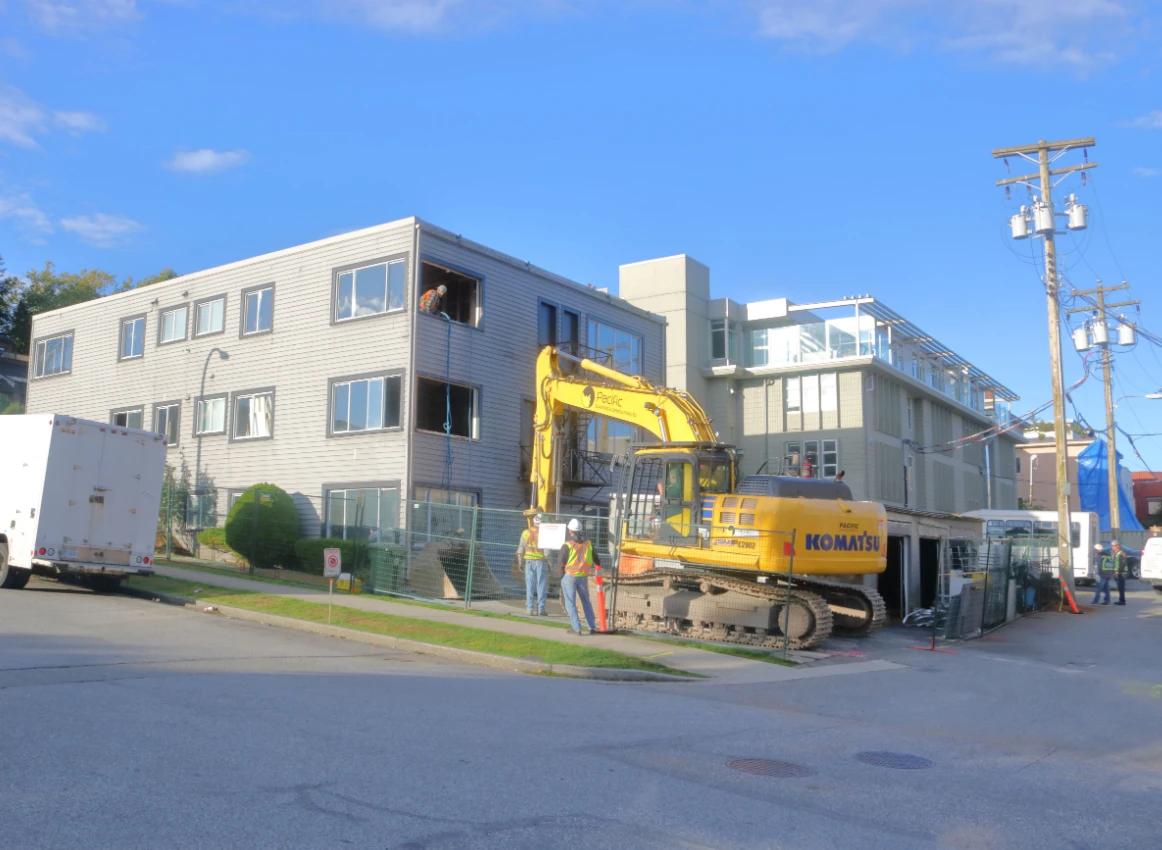
How Much is an Apartment Complex?
The cost varies widely based on many factors. An apartment complex typically costs between $3.8 million and $30 million to build, or $75,000 to $600,000 per unit. These numbers can change depending on location, size, and quality.
Are you thinking about buying an apartment building? It’s a big step that could lead to great rewards. The price tag might seem steep but remember that each unit can bring in steady income. Plus, you’re not just buying a building – you’re investing in a business.
Before you jump in, it’s wise to learn about all the costs involved. From construction to ongoing upkeep, there’s a lot to consider. But don’t worry – with the proper knowledge, you can make informed choices that fit your budget and goals.
Key Takeaways
-
Apartment complex costs vary greatly based on location and size
-
Construction costs average $350 per square foot as of 2023
-
Ongoing management and maintenance are crucial for long-term success
Understanding the Basics of Apartment Complex Investments
Apartment complex investments can offer steady income and long-term growth. These properties come in various sizes and styles, each with unique features that impact their value and potential returns.
Importance of Location
Location is key in apartment complex investing. A good spot can mean higher rents and lower vacancies. Look for areas with job growth, good schools, and easy access to shops and transport.
Urban centers often have high demand, but don’t overlook up-and-coming neighborhoods. They might offer better deals and room for growth. Suburban areas can be great too, especially for families.
Consider future development plans in the area. New businesses or improved infrastructure can boost property values. On the flip side, be wary of areas with declining populations or job losses.
Types of Apartment Complexes
Apartment complexes come in different shapes and sizes. Each type has its own investment potential.
Low-rise apartments are usually 1-3 stories tall. They’re often cheaper to buy and maintain. Mid-rise buildings are 4-12 stories and can offer a good balance of units and amenities.
High-rise apartments are 13+ stories. They can provide more units per land area but cost more to run. Luxury apartments target high-income renters and can bring in more rent.
Affordable housing complexes offer lower rents. They might have government subsidies, which can provide steady income. But they often have stricter rules and lower profit margins.
Each type has pros and cons. Your choice depends on your budget, management style, and local market needs.
Get a Free Multifamily Loan Quote
Access Non-Recourse, 10+ Year Fixed, 30-Year Amortization
Analyzing Costs of Building an Apartment Complex
Building an apartment complex involves many expenses. Let’s break down the major cost categories to give you a clear picture of what to expect.
Land Acquisition and Soft Costs
Land is often one of the biggest expenses when building an apartment complex. Apartment construction costs can vary widely based on location and size. Urban areas typically have higher land prices than rural ones.
Soft costs include:
-
Architectural fees
-
Engineering fees
-
Permits and licenses
-
Legal fees
-
Property taxes during construction
-
Financing costs
These can add up to 20-30% of your total project budget. Don’t underestimate them! Your architect and lawyers play key roles in getting your project off the ground.
Hard Costs vs. Soft Costs
Hard costs are the physical construction expenses. They make up the bulk of your budget. The average cost to build an apartment complex is $150 to $400 per square foot.
Hard costs include:
-
Materials (concrete, steel, wood)
-
Labor for construction
-
Site work and landscaping
-
Building systems (HVAC, plumbing, electrical)
Soft costs, as mentioned earlier, are non-construction expenses. They’re just as important but often overlooked by new investors.
Labor and Material Costs
Labor and materials are your biggest hard costs. Labor costs can vary by region and skill level needed. Union labor tends to be more expensive than non-union.
Material costs fluctuate based on market conditions. In recent years, price spikes have occurred in lumber and steel. It’s smart to build some cushion into your budget for these swings.
Some ways to manage costs:
-
Use prefab components where possible
-
Buy materials in bulk
-
Hire an experienced general contractor
Remember, cutting corners on quality can lead to higher maintenance costs down the road. Balance cost-saving with long-term value.
Financing and Economic Considerations
Buying an apartment complex involves careful financial planning and economic analysis. You’ll need to consider various factors that impact your investment’s profitability and long-term success.
Securing Investment and Equity Return
Financing an apartment complex often requires a mix of strategies. You might use a combination of personal funds, bank loans, and investor capital.
Your equity return depends on the property’s performance and your financing structure. Aim for a healthy cash-on-cash return, typically 5-10% annually.
Consider partnering with experienced investors to pool resources and spread risk. This can help you tackle larger, more profitable properties.
Remember, lenders usually require a down payment of 20-30% for apartment complexes. Plan your cash reserves accordingly to cover unexpected costs and maintain liquidity.
Impact of Interest Rates and Finance Costs
Interest rates play a crucial role in your apartment complex investment. Even small rate changes can significantly affect your monthly payments and overall profitability.
Fixed-rate loans offer stability but may have higher initial rates. Adjustable-rate mortgages might start lower but carry future risk.
Finance costs go beyond just interest. You’ll face origination fees, appraisal costs, and potentially points paid to the lender. These can add up to 3-5% of your loan amount.
Don’t forget about ongoing expenses like property taxes and insurance. These costs impact your bottom line and should be factored into your financial projections.
Project Planning and Construction Stages
Building an apartment complex involves several key stages. You’ll need to navigate through planning, construction, and post-construction phases to bring your project to life.
Pre-Construction and Permits
Planning and pre-construction set the foundation for your apartment complex. You’ll start by creating a detailed project plan and budget. This includes site selection, architectural designs, and financial projections.
Next, you’ll tackle the permit process. This can be time-consuming, so start early. You’ll need to get zoning approvals, building permits, and environmental clearances.
Don’t forget to hire your project team. This includes architects, engineers, and contractors. Choose experienced professionals who understand local regulations and multifamily construction.
Construction Process and Management
Once you break ground, the real work begins. You’ll see your apartment complex take shape through various stages:
-
Site preparation
-
Foundation work
-
Framing
-
Electrical and plumbing installation
-
Interior finishes
A skilled project manager is crucial during this phase. They’ll coordinate contractors, manage the budget, and keep the project on schedule.
Keep an eye on quality control. Regular inspections help catch issues early. This can save you money and headaches down the road.
Post-Construction and Occupancy
As construction wraps up, you’ll focus on the final touches. This includes landscaping, interior design, and amenity setup. Don’t rush this stage – these details can make or break your property’s appeal.
You’ll need to pass final inspections to get your certificate of occupancy. This is your green light to start leasing units.
Now it’s time to think about property management. Will you handle it yourself or hire a company? Either way, start marketing early to boost initial occupancy rates.
Remember, the work doesn’t end at move-in. Plan for ongoing maintenance and upgrades to keep your complex competitive in the long run.
Ongoing Management and Maintenance
Ongoing management and maintenance costs for an apartment complex are typically 35-80% of rental income. These expenses keep the property running smoothly and tenants happy.
Regular upkeep is crucial. This includes fixing leaky faucets, repainting walls, and mowing lawns. Maintenance costs average about $2.50 per square foot annually.
You’ll need to budget for bigger repairs too. Think roof replacements or HVAC upgrades. These can cost thousands but protect your investment long-term.
Don’t forget about staff. A property manager, maintenance team, and office personnel are often necessary. Their salaries can eat up 6-8% of your rental income.
Here’s a quick breakdown of common expenses:
-
Landscaping: $100-$400 per month
-
Pest control: $50-$100 per month
-
Security monitoring: $2,000-$5,000 per month
-
Utilities (common areas): Varies widely
Keep some cash on hand for surprises. A busted pipe or storm damage can pop up anytime.
Smart management choices can help control costs. Energy-efficient appliances and preventive maintenance go a long way.
Remember, cutting corners on upkeep can backfire. Happy tenants mean steady income and fewer vacancies. It’s all about finding the right balance.
Frequently Asked Questions About How Much for an Apartment Building
What are the average construction costs for a multi-unit apartment building?
Average multifamily construction costs are $398 per square foot. This price can change based on location and building type. A mid-rise apartment complex typically falls within this range. You’ll find costs differ between urban and rural areas.
What factors contribute to the cost per square foot for apartment complexes?
Cost per square foot for apartment complexes depends on labor, materials, and location. You’ll pay more for skilled workers in big cities. High-end finishes bump up costs. Architectural design, permits, and fees also play a role. Don’t forget about unexpected expenses during construction.
How does the number of units impact the overall investment required for new apartment construction?
The number of units directly affects your investment in new apartment construction. More units mean higher costs but also greater potential returns. A standard mid-rise complex with 50 units can cost $3.8 to $30 million. Each unit may range from $75,000 to $600,000.
What financial considerations should be taken into account when evaluating the profitability of an apartment complex?
When evaluating apartment complex profitability, consider rental income, occupancy rates, and operating expenses. You’ll need to factor in mortgage payments, property taxes, and maintenance costs. Think about potential rent increases and property value appreciation. Local market trends and economic conditions also impact your bottom line.
What is the range of investment for purchasing existing apartment buildings?
Purchasing existing apartment buildings can range from $1 million for a small complex to $100 million or more for large, luxury properties. You’ll find lower prices in smaller towns and higher prices in major cities. The condition, location, and current rental income of the property influence the price.
What initial capital is required to develop a small scale apartment complex?
Initial capital for a small scale apartment complex varies. You might need $500,000 to $5 million, depending on size and location. This covers land costs, construction, and initial operating expenses. Don’t forget about reserves for unexpected issues. Financing options can reduce your out-of-pocket costs.
How Much is an Apartment Complex – Conclusion
Understanding the costs and considerations involved in owning or building an apartment complex is essential for making informed investment decisions.
Every stage impacts profitability, from land acquisition and construction costs to ongoing management and maintenance. Whether building from the ground up or purchasing an existing property, knowing what to expect and planning accordingly can help you maximize your returns while minimizing risks.
Source: Willowdale Equity
Get AAOA's Newsletter
Property Management News Categories
- Affordable Housing
- Collections
- COVID-19
- Eviction
- Fair Housing
- Financing
- Going Green
- Government
- Investing
- Landlord Forms
- Landlord Quick Tips
- Latest News
- Leasing
- Legal Brief
- Legal News
- Maintenance
- Make Extra Money
- Marketing Vacant Units
- Property Management
- Real Estate Investing
- Real Estate Trends
- Remodel and Repair
- Rent Magazine
- Security Deposit Alternatives
- Social Media
- Tax Tips
- Technology
- Tenant Screening
- Uncategorized


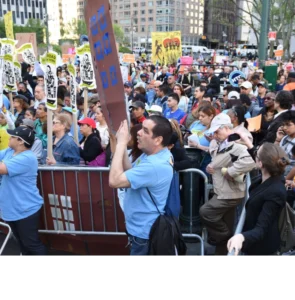

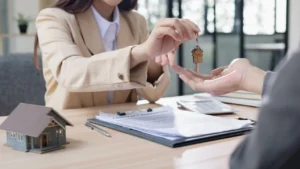
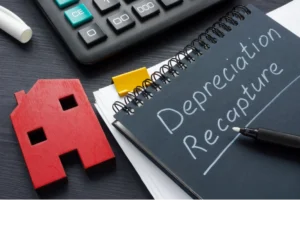
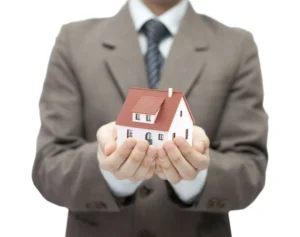
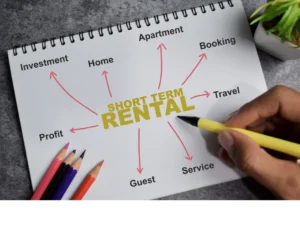





 Accessibility
Accessibility